Sustainable manufacturing drives the agenda at the digital textile printing conference 3.0
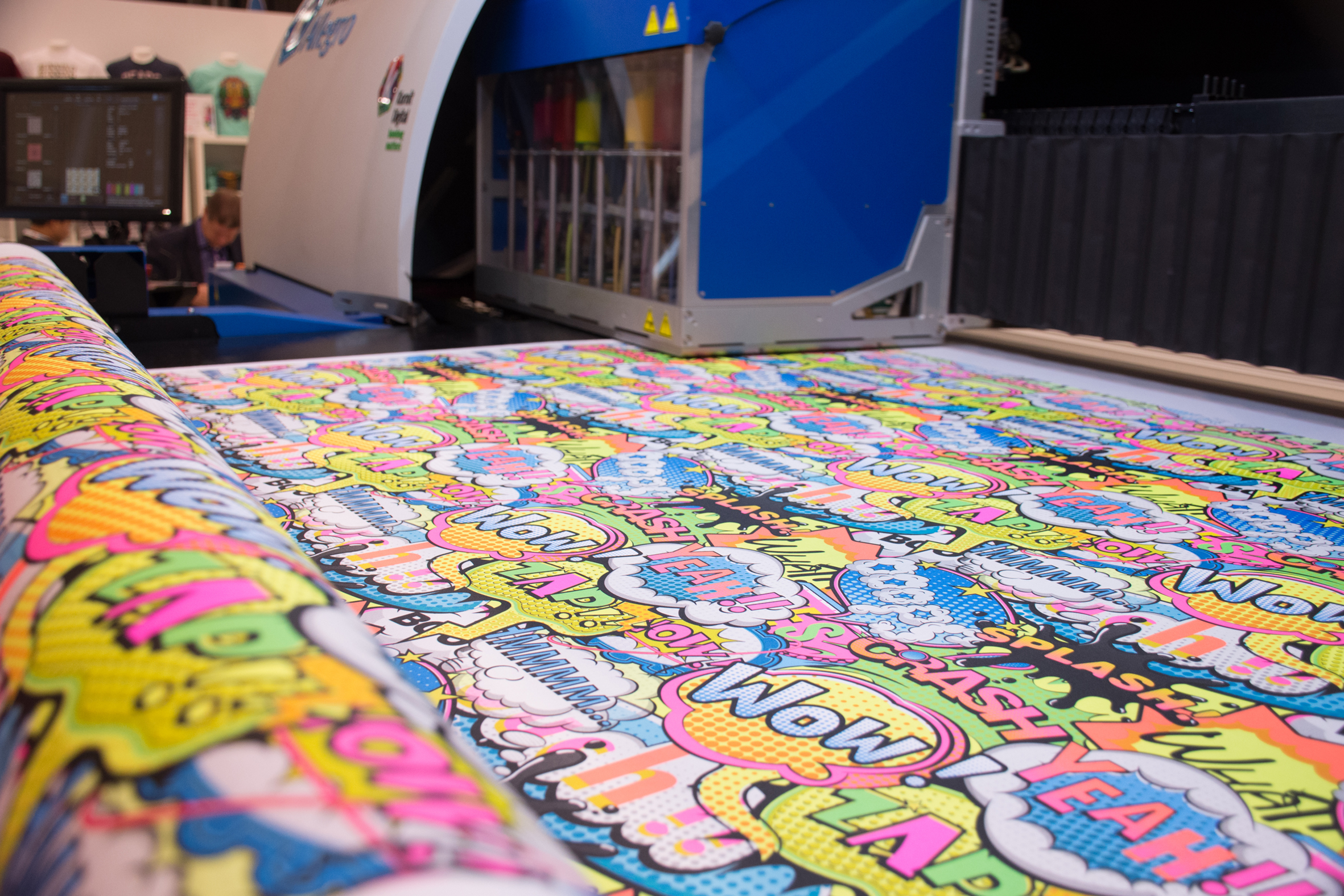-KORNIT-DIGITAL.jpg?width=750)
FESPA’s Textile Ambassador Debbie McKeegan discusses her experience at the Digital Textile Conference 2018 in North Carolina on 5th – 6th December. The event brought together industry experts and practitioners for an inspiring conversation.
The landscape of Digital printing is moving at an incredible pace. Driven primarily by the industries need for sustainable manufacturing across all market sectors. Digital technologies and Industry 4.0 practice offer the industry the roadmap for efficient manufacturing methods and our industry must adapt. Staying ahead of new developments as technologies emerge is critical for businesses large and small, worldwide.
Caption: “Our Industry focuses on the value of items sold, to be sustainable we must define the hidden value of waste” Duncan Ross, AVA CAD CAM". Picture courtesy of AVA AD CAM
The SGIA | AATCC Digital Textile Printing conference, which is now in its 3rd year, provides a forum for conversation, and was held in Raleigh, North Carolina on the 5th-6th of December 2018. Gathering Industry experts and practitioners together in one location for inspiring conversation….
The conference offers an insight into current and future technologies for manufacturers, and an explanation of current working practice and the changes needed, as we move towards automation and the consolidation of the supply chain.
Providing an insightful, inside track to technology and access to industry experts from both manufacturing and technology companies, the agenda provides an engaging, open forum and offers valuable use of our precious time.
Without question the most topical discussion was Sustainability, which was a consistent trend throughout many of the presentations. Talks from industry experts, manufacturers and software providers about how we manufacture our products regardless of industry sector sustainably, offered the audience an in depth, real time view into the opportunities and challenges that lie ahead.
EFI-OPTITEX.png?lang=en-GB)
Caption: “3D and Augmented Reality software provides the Key to Customization": Debbie McKeegan, FESPA, Textile Ambassador. Picture courtesy of EFI, Optitex
Customization has become the industries new normal and in order to manufacture efficiently we all need to adopt new working practices at every stage of a products lifecycle. Starting at the very beginning. We need to make products on demand, and in doing so we will become more sustainable. But what tools do you need?
Software, and PLM programmes offer a number of solutions and there can be no doubt that the supply chain has to become automated to be able to offer flexible, just in time manufacturing to Retailers and Print Buyers.
Manufacturing equipment too, must be digitized wherever possible. Choosing the right technology for your application is critical and the conference offered a number of informative presentations from some of the world’s leading digital print technology companies.
Alongside a number of presentations from Industry practitioners, who are utilizing digital solutions at the front line of manufacturing in order to rationalize their businesses and produce sustainably.
-KORNIT-DIGITAL-(1).jpg?lang=en-GB)
Caption: “The Sustainable Solution is Purchased Activated Production” Sharon Donovich, Kornit Digital. Picture courtesy of Kornit Digital.
Re-shoring was also a hot topic, as many large Retailers look to speed up their supply chain to offer localized, efficient, and importantly cost-effective production. However, it was also apparent that there are challenges ahead, and the manufacturing industry needs to invest in training. The Micro-Factory offers a sustainable solution for print on demand however, in the USA as in the West, practical resources for sewing and processing are few and far between. Companies must train from within to re-build the technical, practical skills of manufacturing.
The next decade will be an exciting chapter of Innovation for the Textile Industry, as it flexes and transforms to meet the demands of the Millennial consumer. As our supply chain management moves online all software, suppliers, machinery, manufacturers and consumables must talk the same digital language if they are to be part of a seamless manufacturing ethos.
It’s an age of collaboration and reform and one that I’m sure will deliver incredible opportunities for our Industry in the years ahead….
Words of Industry Wisdom:
“Sixty-two percent of millennials prefer to buy sustainable products” Debbie McKeegan, Texintel
“The Future requires an end to end solution” J Flint Davis, WeaveUp
“Our industry focusses on the value of items Sold, to be sustainable we must define the hidden value of what we waste” Duncan Ross, AVA CAD CAM
“Ink-jet printing is expected to replace srceen printing as the main method of production by 2021” Ming Wang, North Carolina State University
“Higher resolution and smaller drops expand gamut and improve colour consistency” Mike Raymond, Xaar
”Ink Fastness is more important that gamut and brilliancy” Roland Zimmer, Zimmer Austria
“The Sustainable solution - Purchase Activated Production” Sharon Donovich, Kornit Digital
Topics
Interested in joining our community?
Enquire today about joining your local FESPA Association or FESPA Direct
Recent news
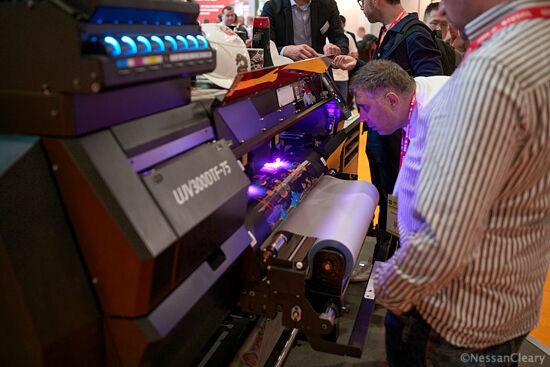
The latest innovations in DTF printing
The Direct-to-Film (DTF) market is experiencing significant growth, with major printers now offering dedicated solutions. Beyond the traditional textile applications, there's a notable expansion into UV DTF technology, allowing for heat-free application to various objects. This evolution, alongside advancements from companies like Epson, Roland, Brother, and Ricoh, indicates DTF's continued diversification and increasing appeal for diverse printing needs.
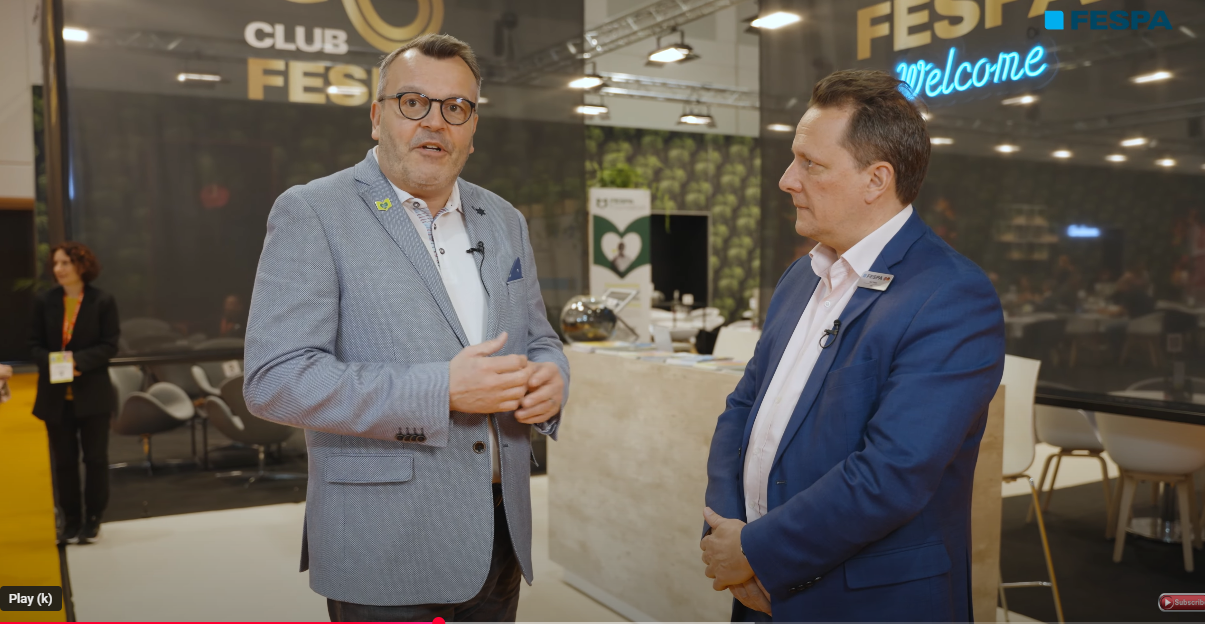.png?width=550)
Personalisation Experience 2025 - Overall Highlights
Personalisation Experience 2025 saw the meeting of global visionaries exploring the opportunities of smart manufacturing and personalisation in print through on-demand digital technologies.
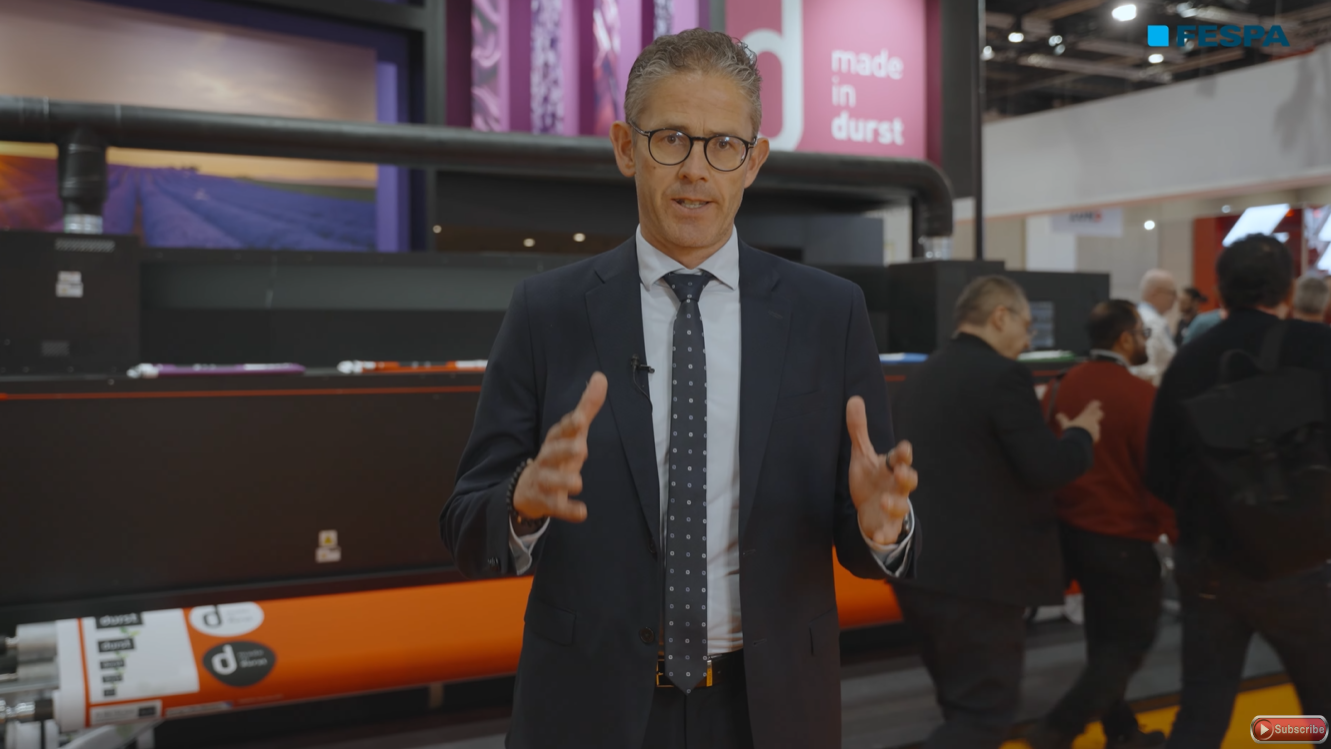.png?width=550)
How to streamline 5-meter textile printing with the Durst P5 500 Tex iSub
We speak to Christian Harder, VP of Sales at Durst at the FESPA Global Print Expo 2025 in Berlin.
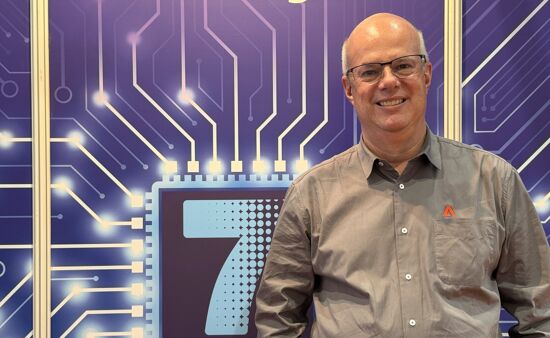
Exploring the latest update to the Adobe PDF Print Engine 7 with Mike Scrutton of Adobe
In this conversation, Debbie McKeegan, Fespa Textile Ambassador and Mike Scrutton of Adobe discuss the latest innovations in textile printing, focusing on Adobe's PDF print engine 7 update and its impact on the industry.